Grid-10
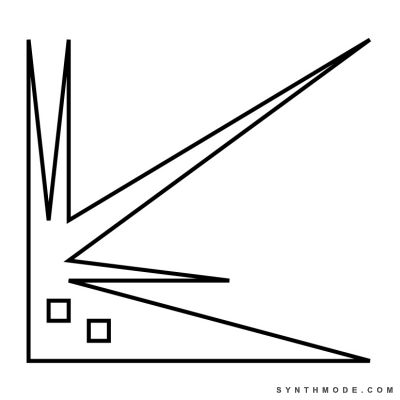
Grid-10 is made up of two shapes: a square and an irregular polygon with mostly acute angles and long spikes.
I wanted to create something with very sharp spikes and to play with the balance of the composition. The large shape expands over the 3 lower-left corners, which anchors it there and allowed me to play with the spikes by limiting their orientation to 90 degrees. I wanted to keep the upper-right corner connected so I extended the longest spike to reach the corner. The spike is relatively thin and sharp, but plays an important role in maintaining the square-shaped boundaries/borders of the piece--it also creates unifying balance between the two contrasting corners and the other area of focus of the piece: the two squares.
The spikes' arrangement creates a feeling of random playfulness, which is only then echoed by the uneven arrangement of the two squares. The squares balance out the spike, so a certain sense of harmony is achieved by all elements. This was one of the rare cases in which I had a somewhat clear idea of what I wanted to accomplish from the start, but even now I see more than what I intended: a fox howling at the moon (first two spikes are the ears, 3rd spike is the muzzle, 4th spike jaw, and 5th spike body).
Introducing Gridz
Gridz are abstract art pieces with the following characteristics:
- Have a minimalist design
- Are drawn using a grid as aguide (usually from 8x8 up to 20x20)
- Use only staringht lines that start and end at grid crossings
- Use repetition and space creatively and thoughtfully
- May implement familiar/thought-provoking shapes and symbols
-
Do not use suggestive titles



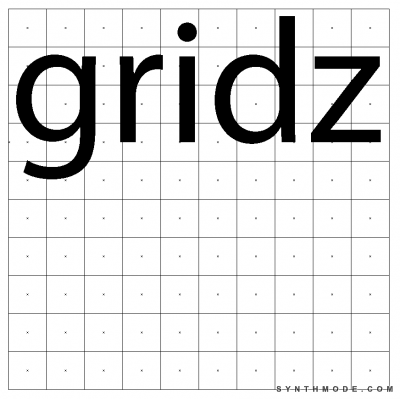
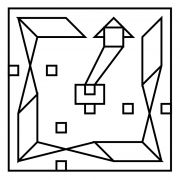

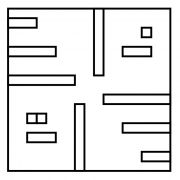
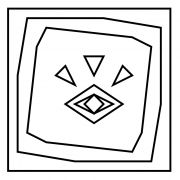
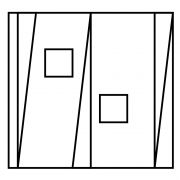

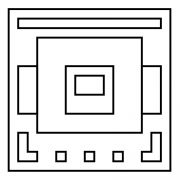
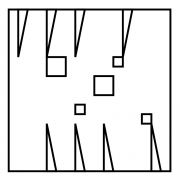
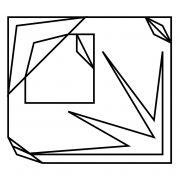
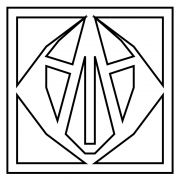
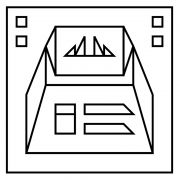
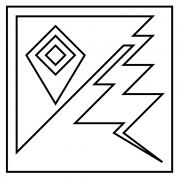
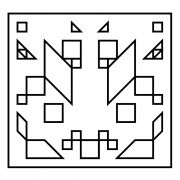
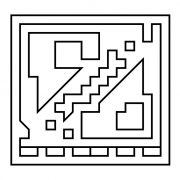
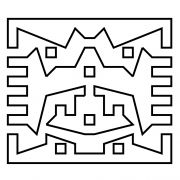
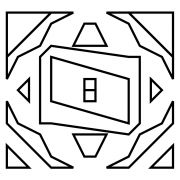
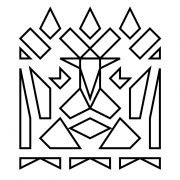
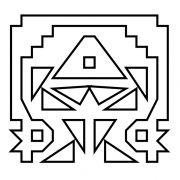
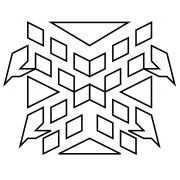
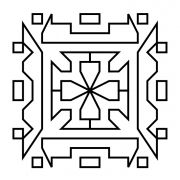
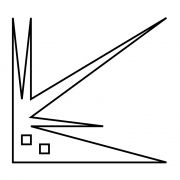
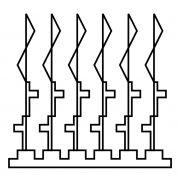
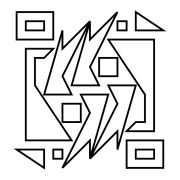
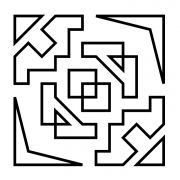
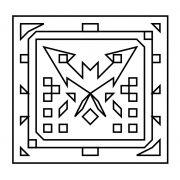
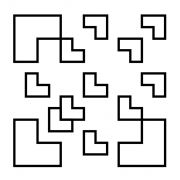
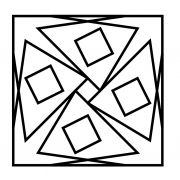
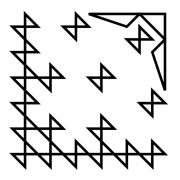
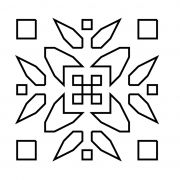
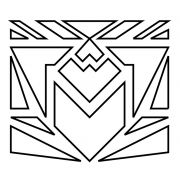
Add new comment